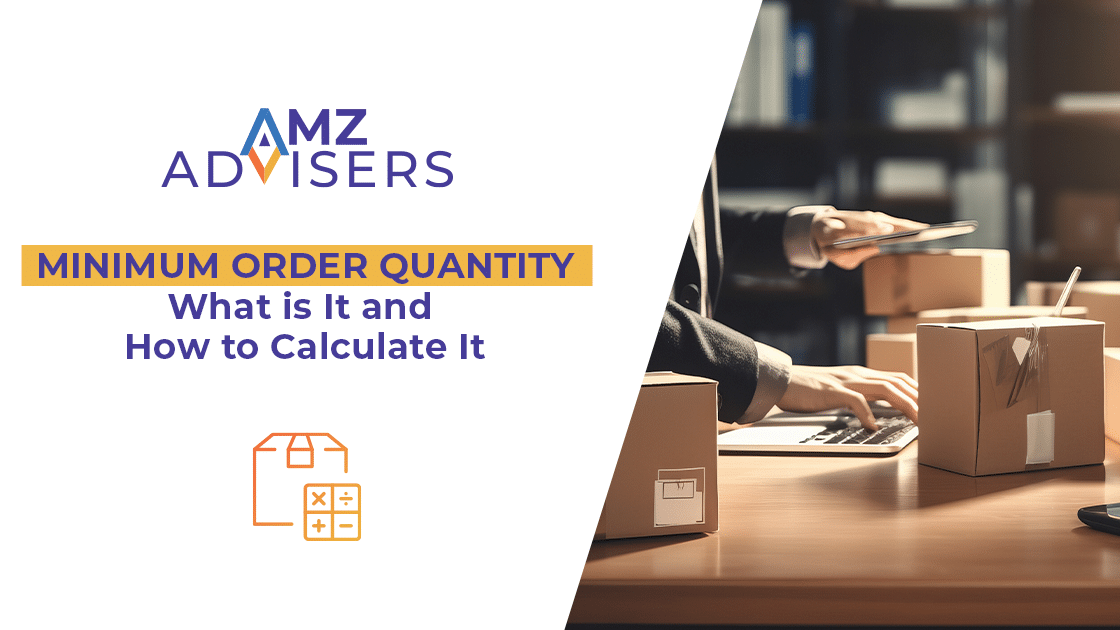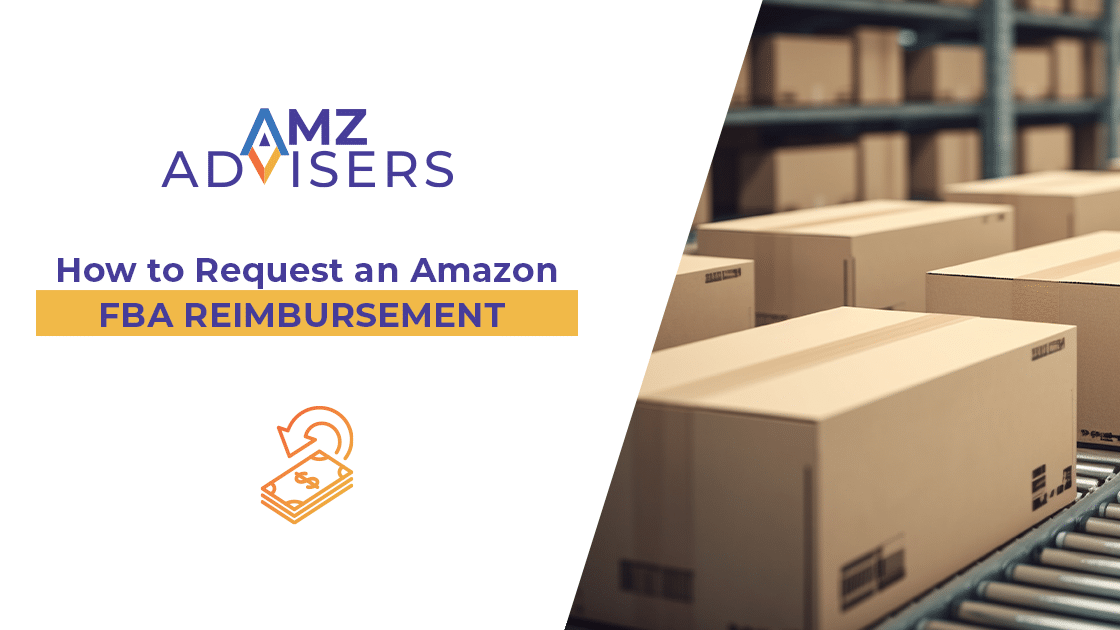The build-it-and-they-will-come mentality that was once sufficient for building a successful e-commerce business, has long since passed. In the sections below, we’ll detail the sequential steps you need to follow to execute a successful product launch.
Somewhere, exists a digital graveyard filled with countless products that never made it. Many of these products were of high-quality design, with attractive packaging, and competitive pricing.
But in today’s hyper competitive e-commerce landscape, these attributes are just the starting point.
To truly succeed you need to establish a well-thought-out launch plan and execute it seamlessly.
1. Understand how shoppers identify your product
At least half of product launches are destined to fail from the start due to one common pitfall.
Most brand owners feel that they know their product is better than anyone else’s. For that reason, they self identify their product using a particular keyword phrase. For instance, my product is a “UV Phone Cleaner.”
They create a listing on Amazon or Walmart with the title “ABC Brand UV Phone Cleaner.”
They begin running rebate campaigns targeting this keyword and create PPC ads matching this search term. But here’s the problem, shoppers don’t identify your product as a UV Phone Cleaner. When shoppers search that term they mostly purchase your competitors product which more closely matches that description. Rather they identify your product as a “Sanitizing Wand.”
So, with the above example in mind, it is critical to gather early data on what relevant terms shoppers are searching.
Then filter that data and identify the search terms that shoppers are using that lead to a conversion (aka sale) on your listing. This can be accomplished on Amazon by running a 1-2 week duration, auto targeted PPC campaign. This configuration will ensure your product is displayed for a wide swath of relevant keyword phrases.
At the end of your campaign, download a search term report.
This csv format file will contain an abundant amount of information on search terms and conversion rates that will guide your launch process in the following stages.
Product Launch Quick Takeaways
• Don’t assume you know the best converting keywords for your product
• Always collect data on keyword conversion rates as your first step
2. Modify and Focus
Modify your listing to focus on the top performing keywords based on the data collected in the previous step.
Your primary keyword should be at the beginning of your title. Amazon and Walmart weight the keyword in the beginning of your title much more heavily than those at the end of your title.
The standardized format for a product title on both of these marketplaces is Brand Name Product Name.
A good example is ABC Brand iPhone X Case.
Because the first words in your title have such a big impact on search rank, you often see brands change to format to Product Name by Brand Name. i,e. iPhone X Case by ABC Brand.
This doesn’t necessarily comply with the marketplaces style guides but is rarely enforced.
You should then include your primary target keyword in the beginning of your first bullet point as well as your product description.
In addition, you’ll want to include secondary keyword phrases in the beginning of your other bullet point and product description.
Quick takeaways
• Put your primary keyword at the very beginning of your title
• Consider putting your primary keyword ahead of your brand name
• Keyword stuffing is a waste because the end of the title has little keyword value
• Include top performing keyword in your bullet points and description
3. Aggressively target your primary keyword
Once you’ve collected your keyword conversion data and modified your listing it’s time to launch your product. The previous steps will set you up well for a successful launch but it’s still important to be thoughtful in how you execute this next step. There are a number of tools available to start driving keyword specific demand to your listing.
The first of these is Amazon’s native advertising system. Simply create a PPC campaign for the product you’re launching and choose manual targeting.
You should add one or a few of your top performing keywords to your campaign and select phrase matches. This setting will display your sponsored product listing when a shopper searches for any of those keywords or a close variation thereof.
Launch Platforms
In addition to PPC, you should utilize a launch platform like Rebaid.com to drive external traffic and demand to your listing.
Rebaid allows sellers to create Search, Find, Buy campaigns which is a powerful process for quickly establishing high organic search rank. With SFB shoppers search for your product using the keyword phrase(s) you provide. They then find your product amongst the search results and buy it.
This process develops a keyword profile for your product which is an important foundation of your listings discoverability and ultimately sales velocity.
While many brands tend to opt for a single channel approach, either PPC or launch platforms, there is a synergy that develops by using both of these methods simultaneously. Moreover, in competitive categories, it is often a necessity to deploy both tools to achieve a sufficient order velocity to compete with other brands’ listings.
Remember that the product launch phrase will not be profitable. In fact, it will often cost a lot of money to get your product listing to the coveted page 1. This is particularly the case if your product is part of a competitive category.
However, this investment is quickly recouped upon completion of a successful launch and can pay dividends over the life of your product.
Quick takeaways
• Use PPC and a launch platform like Rebaid.com simultaneously for best results
• Target your primary keyword phrases using phrase match in a PPC campaign
• Use free tools get a sense of top competitors sales volume and try to match it
• Understand that product launches are an investment
4.Use best practices to stick the product launch
Once you’ve methodically executed the steps above and successfully landed your product, high in the search results you’ll want to ensure it stays there.
This is when you begin to recoup your launch investment and record long awaited profitable sales.
To ensure your new position sticks and sets your listing up for continued incremental improvements, it’s important to implement best practices on your listings.
Here are a few easy things to implement that ensure you stick to your launch:
Create a tiered price promotion.
This promotion can be created in your Amazon Seller Central account by clicking Advertising -> Promotions -> Percentage Off. With the promotion you can incentive shoppers to purchase more than 1 unit of your product. This promotion will appear on the Promotions box midway down your listing page and usually goes something like this:
Buy 2 or more get 5% Off – (Use code ABC1 at checkout)
Buy 5 or more get 10% Off (Use code ABC2 at checkout)
and so on..
You can of course set whatever quantities and discount amounts make sense for your product and margins. The purpose of this promotion type is to encourage shoppers to buy more than 1 unit of your product.
This will boost your unit session percentage which is Amazon’s version of conversion rate and a key metric in their positioning of listings amongst the search results.
For example, on average for each person who visits your listing, 1.5 units are sold. And for each visit on your competitors listings, 1.2 units are sold.
You will rank higher than them in the search results, everything else being equal.
Create a super low bid, auto target campaign.
There are vast numbers of long tail search terms that no one is bidding on. For example “iPhone X Case Waterproof with Wallet on Back.” By creating auto targeted campaigns for each of your products with super low max bids, $0.10 to $0.25 you effectively have Amazon display your listing for keywords that have no competition. This often results in ACOS values as low as 3-5%.
The limitation is that these campaigns are often not scalable but nevertheless can add on some additional sales with minimal ad cost.
Launch your product at a higher price, then lower it.
During the product launch phase sales are effectively guaranteed, particularly if you’re using a product launch platform. So, plan to launch your product with a sales price at least a few dollars higher than the intended long-term price. After your launch ends keep the MSRP price the same and lower the Your price value to the new lower amount.
This will enable the slashed through price display on your listing and may also enable the “lowest price in 30 days” tag which are big conversion rate boosters.
Closing Thoughts
While e-commerce demand has surged, so has competition. Competition on Amazon and Walmart now extends beyond domestic competitors to include overseas manufactures adopting direct-to-consumer models.
While this makes for a challenging competitive landscape, there are many companies thriving and consistently advancing.
Remembering the fundamentals and executing methodically is the process used by successful companies to build successful products and brands over and over again.
Related content: Product Launch Strategy
Author Bio

Brendon Fields is the founder of Rebaid.com, a launch and liquidation platform for e-commerce merchants, and of multiple sporting brands on Amazon, with millions in annual revenue. He has been in the e-commerce industry since 2013 and contributes regularly at trade conferences and events, along with adhoc consulting work for various brands.



